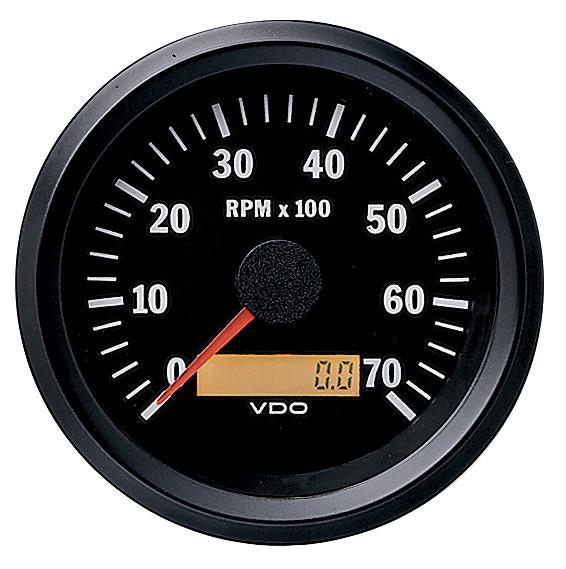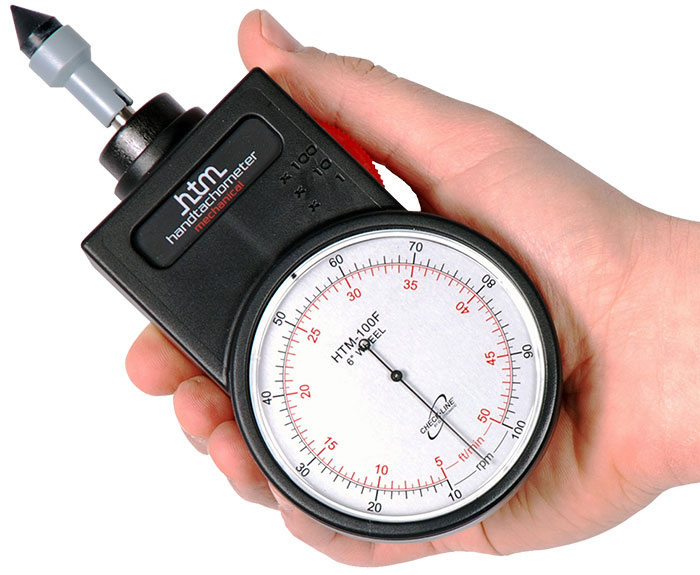Tachometer Fundamentals: Whatever You Required to Know for Accurate Readings
Tachometer Fundamentals: Whatever You Required to Know for Accurate Readings
Blog Article
The Importance of a Tachometer in Checking Engine Speed and Efficiency in Automotive Applications
In the world of auto engineering, the tachometer stands as a critical instrument in the motorist's collection, giving a direct window into the inner workings of a car's engine. Beyond its function as a simple gauge of transformations per minute (RPM), the tachometer serves as a vital device for fanatics and specialists alike, supplying real-time understandings right into engine efficiency and wellness.
Value of Checking Engine RPM
Checking engine RPM, or changes per min, is an important facet of vehicle upkeep and performance assessment. Engine RPM directly correlates with the rate at which the engine's crankshaft revolves, showing exactly how rapidly the engine is running - tachometer. By monitoring RPM, mechanics can analyze the health and wellness of the engine, detect prospective problems, and fine-tune performance. An abnormal RPM analysis might indicate problems such as engine misfires, faulty ignition system, or problems with the fuel delivery system. Continually high RPM analyses could indicate hostile driving practices or the need for a greater gear shift to boost fuel efficiency.
Additionally, checking engine RPM is necessary for performance examination in racing and high-performance automobiles. Maintaining optimum RPM levels is vital for achieving peak power result and acceleration. Racers commonly use tachometers to guarantee they are running within the optimal RPM range for maximum efficiency. In summary, monitoring engine RPM is not only crucial for finding problems however likewise for maximizing engine performance in various vehicle applications.

Benefits of Real-Time Data
In vehicle applications, real-time information plays a crucial role in offering immediate insights into the performance and condition of the car. By constantly keeping an eye on different criteria such as engine rate, temperature level, gas usage, and a lot more, real-time information uses many advantages that add to enhanced efficiency and safety on the road.
One significant benefit of real-time information is its capacity to sharp drivers and technicians to any kind of abnormalities or issues immediately. This proactive approach enables quick identification of possible problems, enabling prompt interventions to stop more damages or break downs. Additionally, real-time information promotes efficiency optimization by offering prompt responses on driving practices and engine efficiency. Vehicle drivers can change their behavior in real-time based upon this info to achieve far better fuel economy and lengthen the lifespan of their lorry.

Additionally, real-time information plays an important duty in contemporary auto diagnostics, enabling specialists to promptly diagnose and attend to malfunctions. This results in lowered downtime, lower maintenance prices, and ultimately, enhanced total vehicle dependability and long life (tachometer). By harnessing the power of real-time data, auto stakeholders can make informed decisions that positively affect both the efficiency and longevity of the car
Effect On Equipment Shifts
Reliable gear shifts in automobile applications dramatically influence overall efficiency and driving experience. The tachometer plays an essential function in enhancing equipment changes by supplying real-time engine rate information to the vehicle driver. When approaching the redline on the see here now tachometer, it signals the chauffeur to upshift to avoid over-revving the engine and triggering prospective damage. On the other hand, downshifting at the ideal moment can assist preserve the engine in Source its power band, making sure responsive acceleration when needed.
Additionally, the tachometer help in achieving smoother gear transitions, specifically in hand-operated transmissions. By checking engine rate, chauffeurs can perform gear changes at the ideal RPM range, reducing snagging activities and lessening wear on the transmission parts. This accuracy in gear changes not just boosts driving comfort but additionally adds to fuel performance.
Enhancing Gas Efficiency
Offered the important function the tachometer plays in optimizing equipment shifts for efficiency and engine health and wellness, it directly adds to making best use of fuel efficiency in auto applications. By offering real-time responses on engine speed, the tachometer assists motorists in maintaining one of the most efficient RPM array for fuel economic situation. When chauffeurs consistently keep Learn More an eye on the tachometer and adjust their motoring habits appropriately, they can avoid unnecessary gas usage brought on by over-revving or carrying the engine.
Additionally, the tachometer aids vehicle drivers identify the most fuel-efficient gear to be in at any given moment, avoiding the engine from working more difficult than required. In final thought, the tachometer serves as a useful tool in improving fuel effectiveness by promoting ideal driving habits and determining locations for enhancement in the vehicle's efficiency.

Making The Most Of Engine Longevity
The tachometer's duty in keeping an eye on engine speed and performance is instrumental in making sure the longevity of vehicle engines. Monitoring the tachometer enables drivers to stay within the advised RPM variety for their lorry, avoiding unneeded strain on the engine and prolonging its life-span.

Final Thought
In conclusion, the tachometer plays a critical function in monitoring engine rate and performance in vehicle applications. By providing real-time information on RPM, it permits reliable gear changes, enhanced fuel performance, and made best use of engine durability. This device is vital for maintaining optimum engine performance and making certain the overall capability of a vehicle.
Report this page